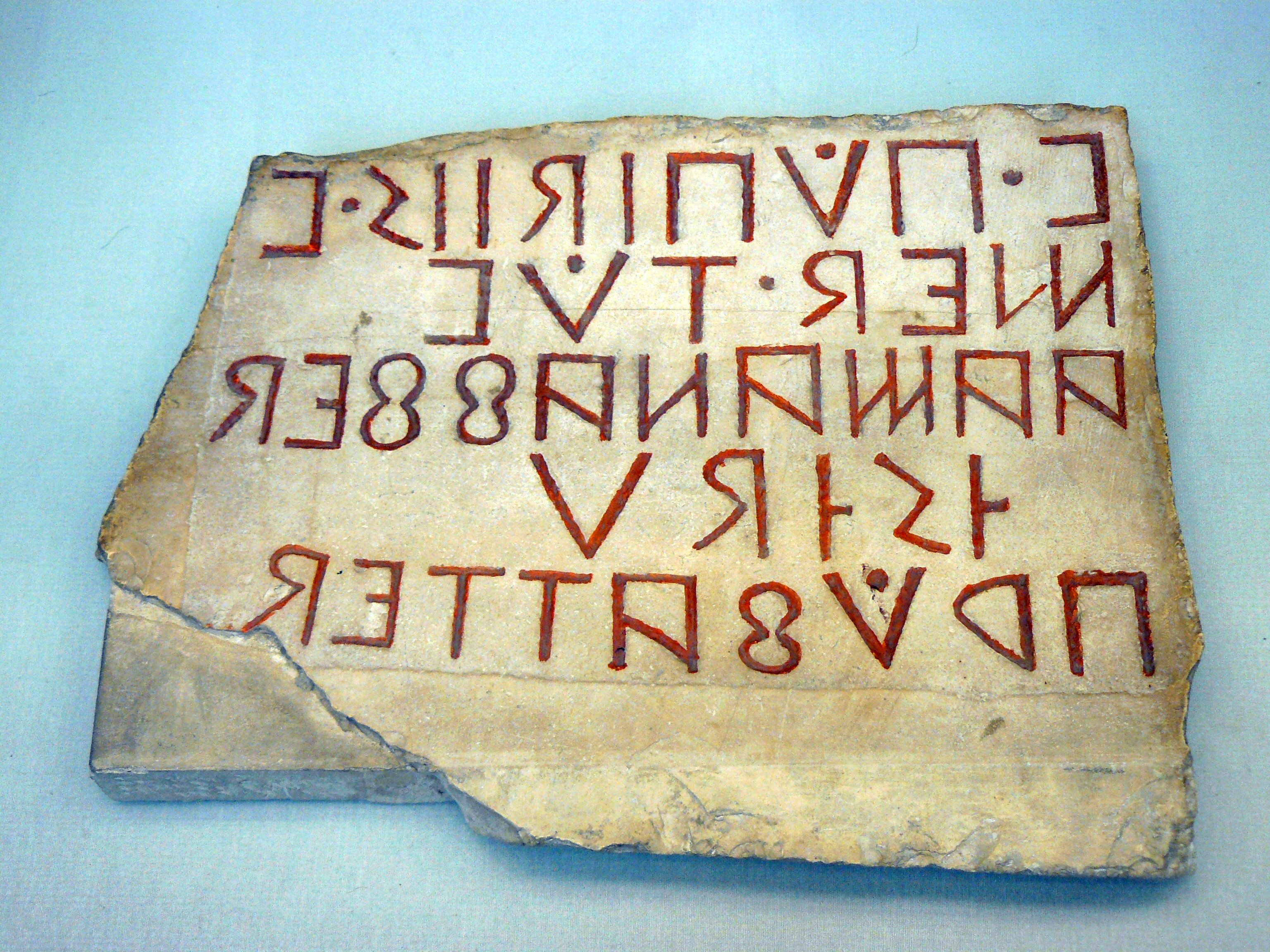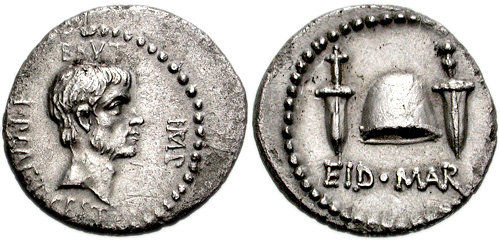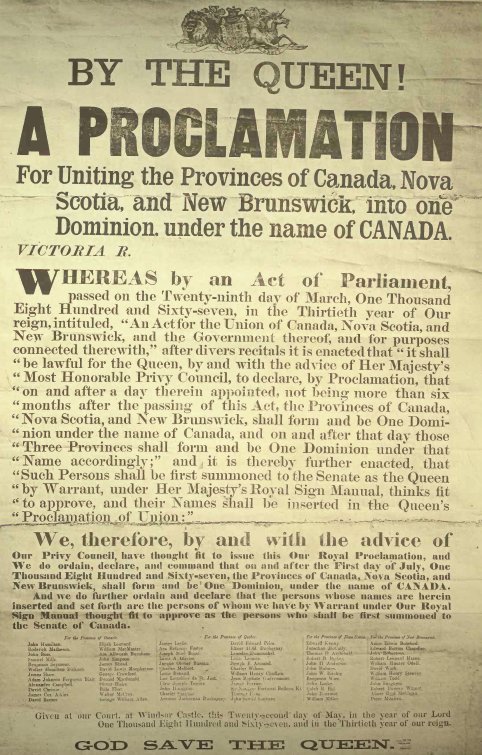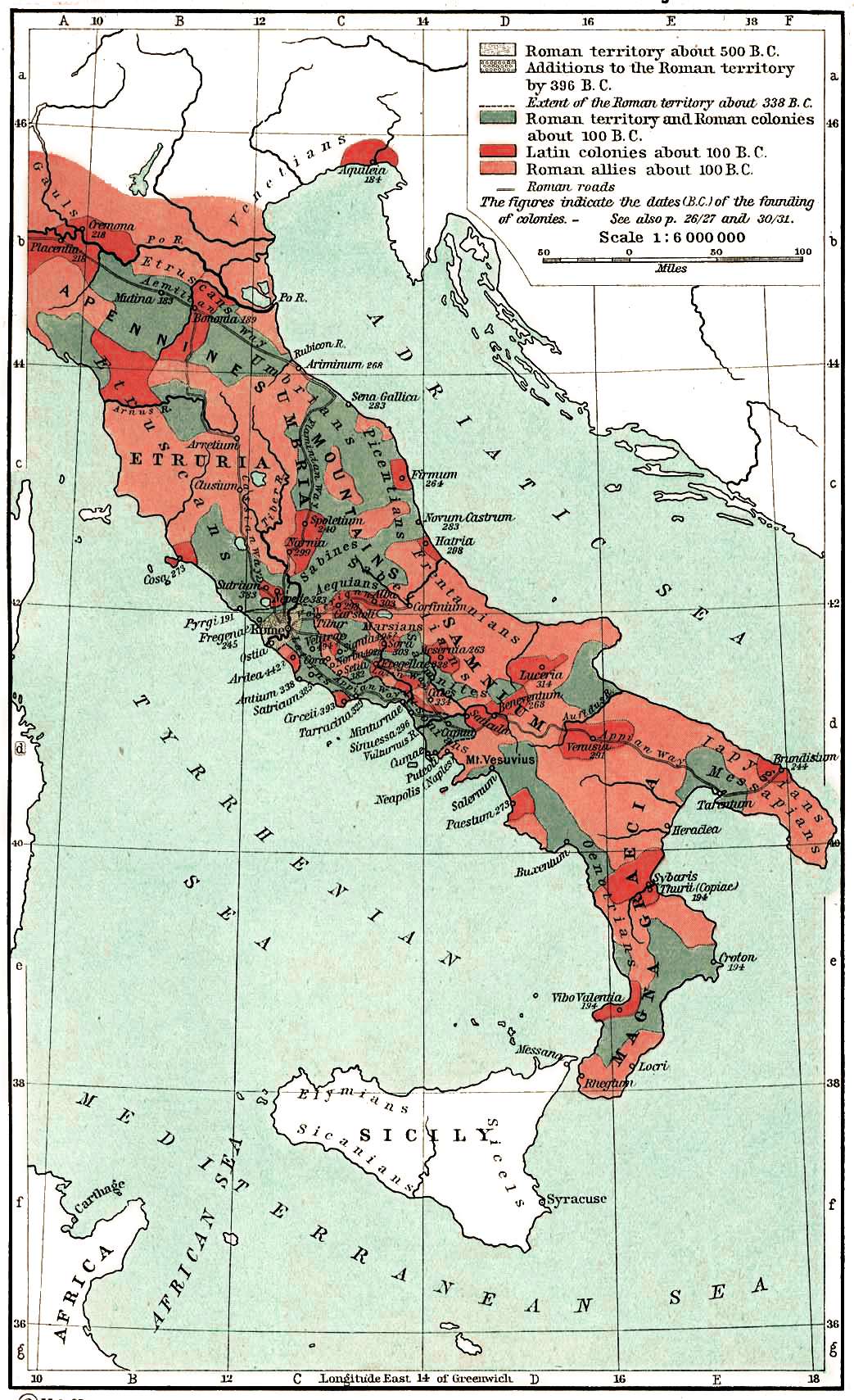|
Ancient Italy
The history of Italy covers the ancient period, the Middle Ages, and the modern era. Since classical antiquity, ancient Etruscans, various Italic peoples (such as the Latins, Samnites, and Umbri), Celts, '' Magna Graecia'' colonists, and other ancient peoples have inhabited the Italian Peninsula. In antiquity, Italy was the homeland of the Romans and the metropole of the Roman Empire's provinces. Rome was founded as a Kingdom in 753 BC and became a republic in 509 BC, when the Roman monarchy was overthrown in favor of a government of the Senate and the People. The Roman Republic then unified Italy at the expense of the Etruscans, Celts, and Greek colonists of the peninsula. Rome led ''Socii'', a confederation of the Italic peoples, and later with the rise of Rome dominated Western Europe, Northern Africa, and the Near East. The Roman Republic saw its fall after the assassination of Julius Caesar. The Roman Empire later dominated Western Europe and the Mediterranean for man ... [...More Info...] [...Related Items...] OR: [Wikipedia] [Google] [Baidu] |
Samnites
The Samnites () were an ancient Italic people who lived in Samnium, which is located in modern inland Abruzzo, Molise, and Campania in south-central Italy. An Oscan-speaking people, who may have originated as an offshoot of the Sabines, they formed a confederation consisting of four tribes: the Hirpini, Caudini, Caraceni, and Pentri. Although allied together against the Gauls in 354 BC, they later became enemies of the Romans and fought them in a series of three wars. Despite an overwhelming victory at the Battle of the Caudine Forks (321 BC), the Samnites were subjugated in 290 BC. Although severely weakened, the Samnites would still side against the Romans, first in the Pyrrhic War and then with Hannibal in the Second Punic War. They also fought in the Social War and later in Sulla's civil war as allies of the Roman consuls Papirius Carbo and Gaius Marius against Sulla, who defeated them and their leader Pontius Telesinus at the Battle of the Colline Gate (82 BC). Afterward ... [...More Info...] [...Related Items...] OR: [Wikipedia] [Google] [Baidu] |
Ancient Period
Ancient history is a time period from the beginning of writing and recorded human history to as far as late antiquity. The span of recorded history is roughly 5,000 years, beginning with the Sumerian cuneiform script. Ancient history covers all continents inhabited by humans in the period 3000 BCAD 500. The three-age system periodizes ancient history into the Stone Age, the Bronze Age, and the Iron Age, with recorded history generally considered to begin with the Bronze Age. The start and end of the three ages varies between world regions. In many regions the Bronze Age is generally considered to begin a few centuries prior to 3000 BC, while the end of the Iron Age varies from the early first millennium BC in some regions to the late first millennium AD in others. During the time period of ancient history, the world population was already exponentially increasing due to the Neolithic Revolution, which was in full progress. While in 10,000 BC, the world population stood a ... [...More Info...] [...Related Items...] OR: [Wikipedia] [Google] [Baidu] |
Roman Empire
The Roman Empire ( la, Imperium Romanum ; grc-gre, Βασιλεία τῶν Ῥωμαίων, Basileía tôn Rhōmaíōn) was the post-Republican period of ancient Rome. As a polity, it included large territorial holdings around the Mediterranean Sea in Europe, North Africa, and Western Asia, and was ruled by emperors. From the accession of Caesar Augustus as the first Roman emperor to the military anarchy of the 3rd century, it was a Principate with Italia as the metropole of its provinces and the city of Rome as its sole capital. The Empire was later ruled by multiple emperors who shared control over the Western Roman Empire and the Eastern Roman Empire. The city of Rome remained the nominal capital of both parts until AD 476 when the imperial insignia were sent to Constantinople following the capture of the Western capital of Ravenna by the Germanic barbarians. The adoption of Christianity as the state church of the Roman Empire in AD 380 and the fall of the Western ... [...More Info...] [...Related Items...] OR: [Wikipedia] [Google] [Baidu] |
Fall Of Rome
The fall of the Western Roman Empire (also called the fall of the Roman Empire or the fall of Rome) was the loss of central political control in the Western Roman Empire, a process in which the Empire failed to enforce its rule, and its vast territory was divided into several successor polities. The Roman Empire lost the strengths that had allowed it to exercise effective control over its Western provinces; modern historians posit factors including the effectiveness and numbers of the army, the health and numbers of the Roman population, the strength of the economy, the competence of the emperors, the internal struggles for power, the religious changes of the period, and the efficiency of the civil administration. Increasing pressure from invading barbarians outside Roman culture also contributed greatly to the collapse. Climatic changes and both endemic and epidemic disease drove many of these immediate factors. The reasons for the collapse are major subjects of the histor ... [...More Info...] [...Related Items...] OR: [Wikipedia] [Google] [Baidu] |
Assassination Of Julius Caesar
Julius Caesar, the Roman dictator, was assassinated by a group of senators on the Ides of March (15 March) of 44 BC during a meeting of the Senate at the Curia of Pompey of the Theatre of Pompey in Rome where the senators stabbed Caesar 23 times. They claimed to be acting over fears that Caesar's unprecedented concentration of power during his dictatorship was undermining the Roman Republic. At least 60 senators were party to the conspiracy, led by Marcus Junius Brutus and Gaius Cassius Longinus. Despite the death of Caesar, the conspirators were unable to restore the institutions of the Republic. The ramifications of the assassination led to the Liberators' civil war and ultimately to the Principate period of the Roman Empire. Causes Caesar had served the Republic for eight years in the Gallic Wars, fully conquering the region of Gaul (roughly equivalent to modern-day France). After the Roman Senate demanded Caesar to disband his army and return home as a civilian, he ref ... [...More Info...] [...Related Items...] OR: [Wikipedia] [Google] [Baidu] |
Rise Of Rome
The Roman Republic ( la, Res publica Romana ) was a form of government of Rome and the era of the classical Roman civilization when it was run through public representation of the Roman people. Beginning with the overthrow of the Roman Kingdom (traditionally dated to 509 BC) and ending in 27 BC with the establishment of the Roman Empire, Rome's control rapidly expanded during this period—from the city's immediate surroundings to hegemony over the entire Mediterranean world. Roman society under the Republic was primarily a cultural mix of Latin and Etruscan societies, as well as of Sabine, Oscan, and Greek cultural elements, which is especially visible in the Roman Pantheon. Its political organization developed, at around the same time as direct democracy in Ancient Greece, with collective and annual magistracies, overseen by a senate. The top magistrates were the two consuls, who had an extensive range of executive, legislative, judicial, military, and religious powers. E ... [...More Info...] [...Related Items...] OR: [Wikipedia] [Google] [Baidu] |
Confederation
A confederation (also known as a confederacy or league) is a union of sovereign groups or states united for purposes of common action. Usually created by a treaty, confederations of states tend to be established for dealing with critical issues, such as defense, foreign relations, internal trade or currency, with the central government being required to provide support for all its members. Confederalism represents a main form of intergovernmentalism, which is defined as any form of interaction around states which takes place on the basis of sovereign independence or government. The nature of the relationship among the member states constituting a confederation varies considerably. Likewise, the relationship between the member states and the general government and the distribution of powers among them varies. Some looser confederations are similar to international organisations. Other confederations with stricter rules may resemble federal systems. Since the member states of ... [...More Info...] [...Related Items...] OR: [Wikipedia] [Google] [Baidu] |
Socii
The ''socii'' ( in English) or ''foederati'' ( in English) were confederates of ancient Rome, Rome and formed one of the three legal denominations in Roman Italy (''Italia'') along with the Roman citizens (''Cives'') and the ''Latin Rights, Latini''. The ''Latini'', who were simultaneously special confederates (''Socii Latini'') and semi-citizens (''Cives Latini''), should not be equated with the homonymous Italic people of which Rome was part (the Latins (Italic tribe), Latins). This tripartite organisation lasted from the Roman expansion in Italy (509-264 BC) to the Social War (91–87 BC), when all peninsular inhabitants were awarded Roman citizenship. Treaties known as ''foedus'' served as the basic template for Rome's settlement with the large array of tribes and city-states of the whole Italian peninsula. The confederacy had its origin in the ''foedus Cassianum'' ("Treaty of Cassius", 493 BC) signed by the fledgling Roman republic with its neighbouring Latin city-states shor ... [...More Info...] [...Related Items...] OR: [Wikipedia] [Google] [Baidu] |
Ancient Greek
Ancient Greek includes the forms of the Greek language used in ancient Greece and the ancient world from around 1500 BC to 300 BC. It is often roughly divided into the following periods: Mycenaean Greek (), Dark Ages (), the Archaic period (), and the Classical period (). Ancient Greek was the language of Homer and of fifth-century Athenian historians, playwrights, and philosophers. It has contributed many words to English vocabulary and has been a standard subject of study in educational institutions of the Western world since the Renaissance. This article primarily contains information about the Epic and Classical periods of the language. From the Hellenistic period (), Ancient Greek was followed by Koine Greek, which is regarded as a separate historical stage, although its earliest form closely resembles Attic Greek and its latest form approaches Medieval Greek. There were several regional dialects of Ancient Greek, of which Attic Greek developed into Koine. Dia ... [...More Info...] [...Related Items...] OR: [Wikipedia] [Google] [Baidu] |
Roman Unification Of Italy
The Roman expansion in Italy covers a series of conflicts in which Rome grew from being a small Italian city-state to be the ruler of the Italian peninsula. Roman tradition attributes to the Roman kings the first war against the Sabines and the first conquests around the Alban Hills and down to the coast of Latium. The birth of the Roman Republic after the overthrow of the Etruscan monarch of Rome in 509 BC began a series of major wars between the Romans and the Etruscans. In 390 BC, Gauls from the north of Italy sacked Rome. In the second half of the 4th century BC Rome clashed repeatedly with the Samnites, a powerful tribal coalition of the Apennine region. By the end of these wars, Rome had become the most powerful state in central Italy and began to expand to the north and to the south. The last threat to Roman hegemony came during the Pyrrhic war (280–275 BC) when Tarentum enlisted the aid of the Greek king Pyrrhus of Epirus to campaign in the South of Italy. Re ... [...More Info...] [...Related Items...] OR: [Wikipedia] [Google] [Baidu] |
Roman Republic
The Roman Republic ( la, Res publica Romana ) was a form of government of Rome and the era of the classical Roman civilization when it was run through public representation of the Roman people. Beginning with the overthrow of the Roman Kingdom (traditionally dated to 509 BC) and ending in 27 BC with the establishment of the Roman Empire, Rome's control rapidly expanded during this period—from the city's immediate surroundings to hegemony over the entire Mediterranean world. Roman society under the Republic was primarily a cultural mix of Latin and Etruscan societies, as well as of Sabine, Oscan, and Greek cultural elements, which is especially visible in the Roman Pantheon. Its political organization developed, at around the same time as direct democracy in Ancient Greece, with collective and annual magistracies, overseen by a senate. The top magistrates were the two consuls, who had an extensive range of executive, legislative, judicial, military, and religious powers ... [...More Info...] [...Related Items...] OR: [Wikipedia] [Google] [Baidu] |
_-_R_1_-_Area_di_Zurla_-_Nadro_(ph_Luca_Giarelli).jpg)








